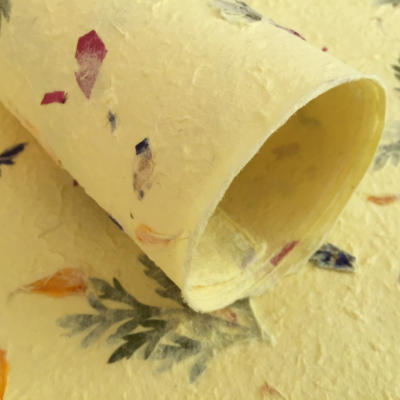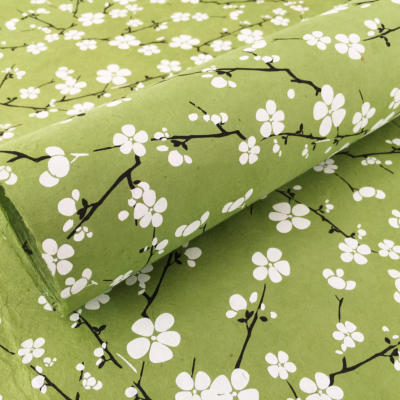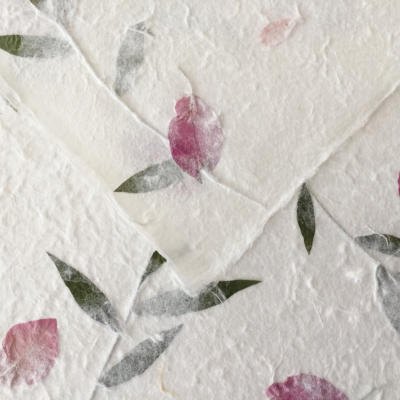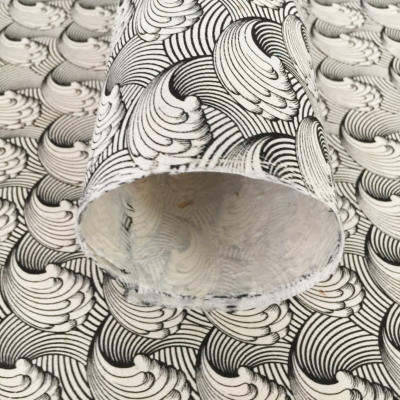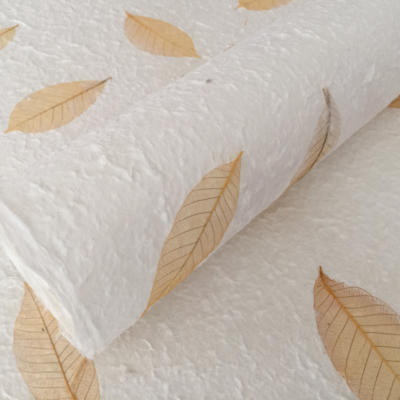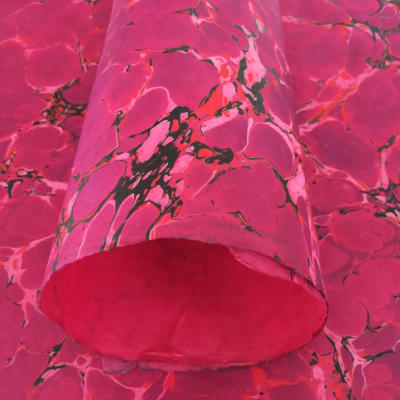HIMAL DESIGN © Copyright - 2017

ABOUT THE LOKTA PAPER
NEPAL
ABOUT MULBERRY PAPER
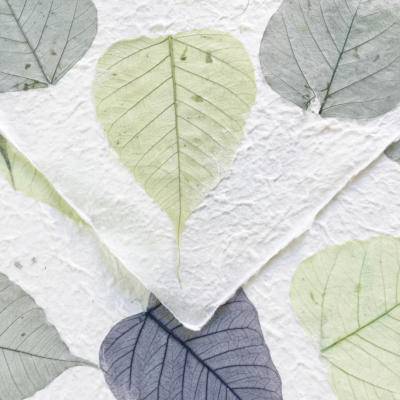




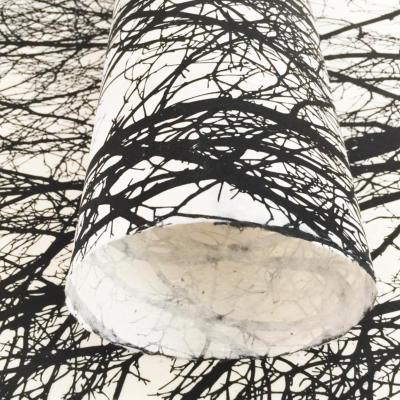




THAILAND
Nepalese handmade Lokta paper is made from the fibrous
inner bark of high elevation evergreen shrubs primarily from
two species of Daphne (plant) (Greek: meaning "Laurel"):
Daphne bholua and Daphne papyracea, known collectively
and vernacularly as Lokta bushes.
Lokta bushes proliferate in open clusters or colonies on the
southern slopes of Nepal’s Himalayan forests between 1,600
and 4,000 m (5,250–13,000 ft).
Historically the handcrafting of lokta paper occurred in the
rural areas of Nepal, most notably in the Baglung District.
Today raw lokta paper is produced in more than 22 districts
in Nepal, but finished lokta paper products are produced only
in Kathmandu Valley.
Lokta paper's durability and resistance to tearing, humidity,
insects and mildew have traditionally made lokta paper the
preferred choice for the recording official government records
and sacred religious texts. Nowadays it is exported all over
the world to decorate every way of life in modern society!
Mulberry
paper
is
a
form
of
handmade
paper.
Mulberry
paper
is
made
from
the
mulberry
tree
and
it
has
long
fibers
which
helps
to
give
the
paper
its
distinctive
finish.
These
fibers
also
give
mulberry
paper
a
fine
wispy
edge
when
it
is
torn
and
this
makes
a
very
attractive
finish.
Mulberry
paper
is
typically
textured
and
is
available
in
a
variety
of
weights.
Because
mulberry
paper
is
handmade,
no
two
pieces
are
ever quite the same.
Deckle Edges
As
mulberry
paper
is
handmade,
the
sheets
often
have
deckle
edges.
These
are
the
rough
edges
that
are
formed
during
the
paper
making
process.
'Deckle
edged'
paper
can
make
an
interesting
addition
to
a
project.
Mulberry
paper
can
be
cut
with
a
pair
of
sharp
scissors,
however
a
very
attractive
finish
can
be
achieved
by
tearing
the
paper.
Mulberry
paper
tears
easily,
leaving
a
decorative
wispy
edge.
More
complex
or
intricate
shapes
can
be
achieved
by
wetting
the
paper
where
it
is
to
be
torn.
The
edges
of
the
paper
can
be
dabbed
with
ink
to emphasize the torn finish.
Mulberry
paper
is
ideal
for
adding
to
your
rubber
stamping
and
scrapbooking
projects.
It
provides
a
rich
texture
which
can
be
incorporated
into
your
designs
in
a
variety
of
ways.
Use
scraps
of
mulberry
paper
to
add
embellishments
to
your
projects.
Just
cut
a
shape
such
as
a
heart
or
flower
to
add
to
your
projects
as
a
quick
way to add a feature.







